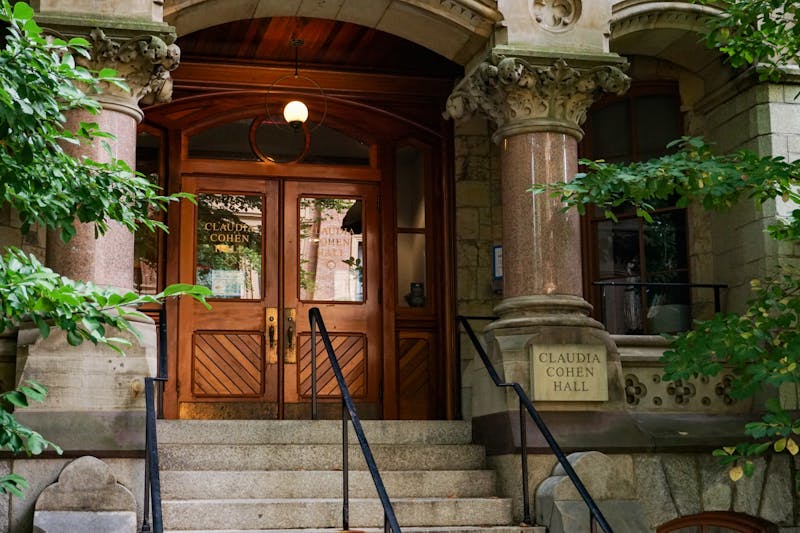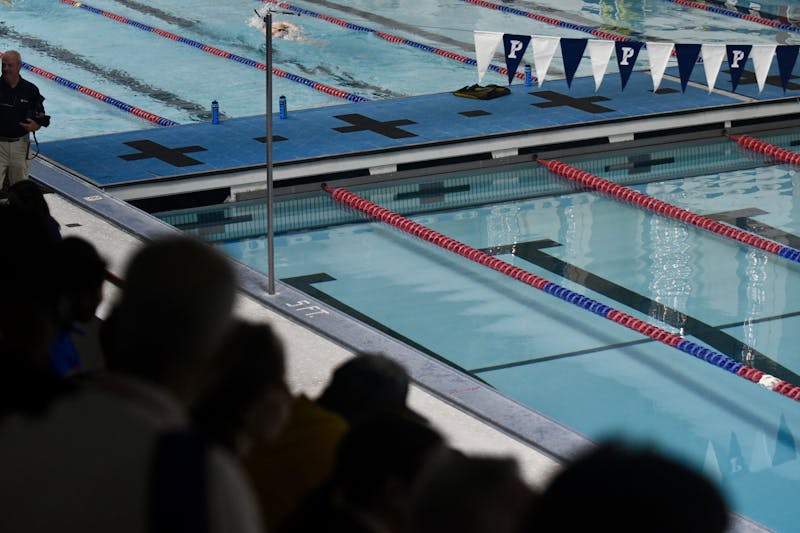
Penn may have slipped to 7th in the U.S. News and World Report rankings, but the University's perfect "gay point average" places it at the top of an altogether different list.
National gay and lesbian newsmagazine The Advocate put Penn in a tie for best campus for gay students in its College Guide for LGBT Students, released last month.
The book used 20 factors to determine the "gay point average" of 100 schools. Determining factors include whether the college has a policy not to discriminate on the basis of sexual orientation and whether its police force is trained in LGBT sensitivity.
Among the colleges listed, only Penn and the University of Southern California scored a perfect 20.
More students are coming out during middle school and high school, according to Allison Subasic, director of Penn State's LGBTA Student Resource Center. And when it comes to finding a college where they will feel comfortable and welcome, "they have all sorts of questions," she added.
The guide - the first of its kind, according to Advocate editor-in-chief Bruce Steele - aims to answer those questions.
Bob Schoenberg, director of Penn's LGBT Center, said that Penn's high ranking is "an affirmation of the positive work we've been doing over the last several years."
"There's probably not a larger or more beautiful LGBT center on any college campus," Schoenberg said.
But he was reluctant to use the word "perfect" in regard to Penn's relations with its gay community.
"There's a downside to receiving a perfect score because people might think we're perfect and we're not. We can't be complacent or rest on our laurels," he said. "There's much more work still to be done."
That work includes making University policy more friendly to gays, securing more funding for the LGBT Center and getting more housing and academic options for gay students, Schoenberg said.
Still, much has improved at Penn since 1982, the year Schoenberg started at the center, he said.
"There was much more open discrimination then," Schoenberg said, adding that as the world has gotten more progressive, so has Penn.
Now, "in general I would say that most Penn students are at worst indifferent," while many are supportive of the gay community, Schoenberg said. Such a climate was "unimaginable in the '80s," he added.
Steele agreed that many of the criteria the guidebook used to judge universities didn't exist 20 years ago.
"It's only been in recent years that colleges have been making a concerted effort to make LGBT students feel welcome," he said.
But because the criteria had to be the same for all the schools ranked, schools with greater resources for gay-friendly initiatives were ranked better, Steele said.
According to Steele, the Advocate guide "cannot begin to address the subjective experience" a student might have on a particular campus. For Steele, the book's value instead lies in its objective cataloguing of gay-friendly resources and policies.
College senior Alexis Ruby-Howe, who is a lesbian and head of the Queer Student Association, said she did not seek a particularly gay-friendly campus when she was choosing a college, but feels "lucky" that she ended up at Penn, which she called tolerant and welcoming.
But Ruby-Howe acknowledged that "seeing a same-sex couple holding hands is always going to turn heads," whether the nature of this attention is positive or negative.
Ruby-Howe said she has heard "horror stories" concerning gay students at other colleges. At Penn, "I feel comfortable every day to be who I am," she said.
The Daily Pennsylvanian is an independent, student-run newspaper. Please consider making a donation to support the coverage that shapes the University. Your generosity ensures a future of strong journalism at Penn.
DonatePlease note All comments are eligible for publication in The Daily Pennsylvanian.







